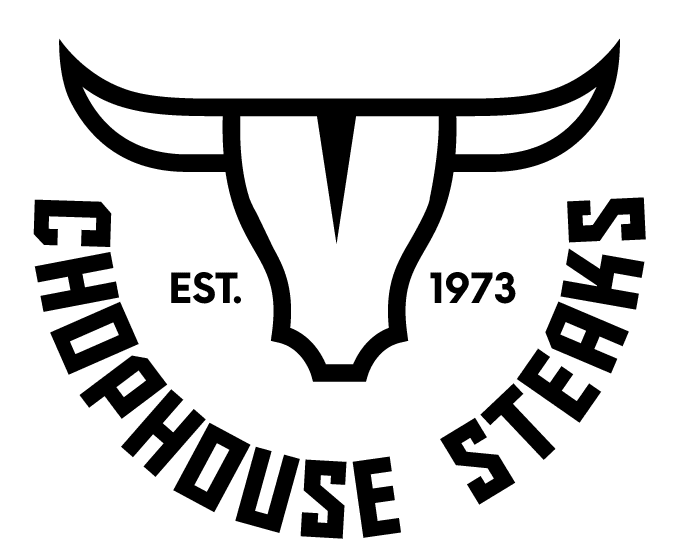Few beef cuts can compare to the exquisite experience of cooking ribeye steak when indulging in a delicious meal. The marbling, juiciness, and rich taste of this tasty and tender cut have won the hearts of meat enthusiasts worldwide. Mastering the art of ribeye steak cooking, whether you’re grilling, pan-searing, or barbecuing, can transform any regular meal into a gourmet feast. Like all of our premium cuts, Our Chophouse prime boneless ribeye, dry-aged ribeye, and Brant Lake Wagyu ribeye are sure to provide a dining experience that’s at the top of the charts.
How Should a Ribeye Be Cooked?
The variety of ribeye steak is what makes it so beautiful. It can be prepared in various ways, each of which produces a distinct texture and flavor profile. Grilling and pan-searing are two of the most common methods for a traditional and delectable outcome. Think about utilizing high heat for a nice sear to bring out the finest in your ribeye. The taste and presentation of your steak are improved when you get the desired grill marks, making every mouthful a treat.
How Do You Prepare a Ribeye Before Cooking?
A little planning goes a long way in ensuring your ribeye steak turns out correctly before you start your culinary adventure. Bring the steak to room temperature first so that it may cook more uniformly. It might take 30 minutes or so. While you wait, generously season the ribeye with your favorite combination of herbs, spices, and seasoning rubs. When searing, this not only improves the flavor but also creates a lovely crust.
How Long Should I Cook My Ribeye Steak?
Depending on the thickness of the steak and your intended degree of doneness, cooking times may vary. Aim for an internal temperature of 120°F (49°C) for a rare steak, 130°F (54°C) for medium-rare, 140°F (60°C) for medium, and 160°F (71°C) for well-done. A meat thermometer is your best friend for getting an accurate reading. The steak will continue to cook a little after you take it off the fire owing to residual heat, so remove it just before it reaches the desired temperature.
Cooking a Ribeye Steak So It’s Not Tough
One common concern with ribeye steak grilling is getting a tough, chewy product. Pay attention to the cooking time and technique to prevent this. A steak that has been overcooked may become flavorless and dry. Try the reverse-sear method to ensure softness. To get the necessary internal temperature, the steak must be cooked on indirect heat (in an oven or away from the grill’s hotter area). After that, sear it over high heat to give it that tasty crust.
Our Tomahawk ribeye steak is a show-stopper that never fails, whether you’re grilling up a feast for friends and family or hosting a romantic evening for two. Any dinner will be unforgettable, thanks to the meat’s marbling, softness, and flavor. Therefore, turn to the remarkable quality and flavor of ribeye steak, available at Chophouse’s online butcher shop, the next time you want to wow with your culinary prowess. Create an experience that delights the senses and creates a lasting impact rather than just preparing food. You’ll thank your taste buds and realize why ribeye is regarded as one of the most exceptional beef cuts in the culinary world.
To properly enrich your eating experience, sourcing the best meat when you begin cooking ribeye steak is crucial. We’re committed to giving you excellent beef chops with mouthwatering flavor and texture at Chophouse. You can indulge in the best meat in Halifax (and shipped anywhere across Canada) with choices like our Brant Lake Wagyu Ribeye Steaks. For your culinary creations, pick perfection rather than mediocrity.

